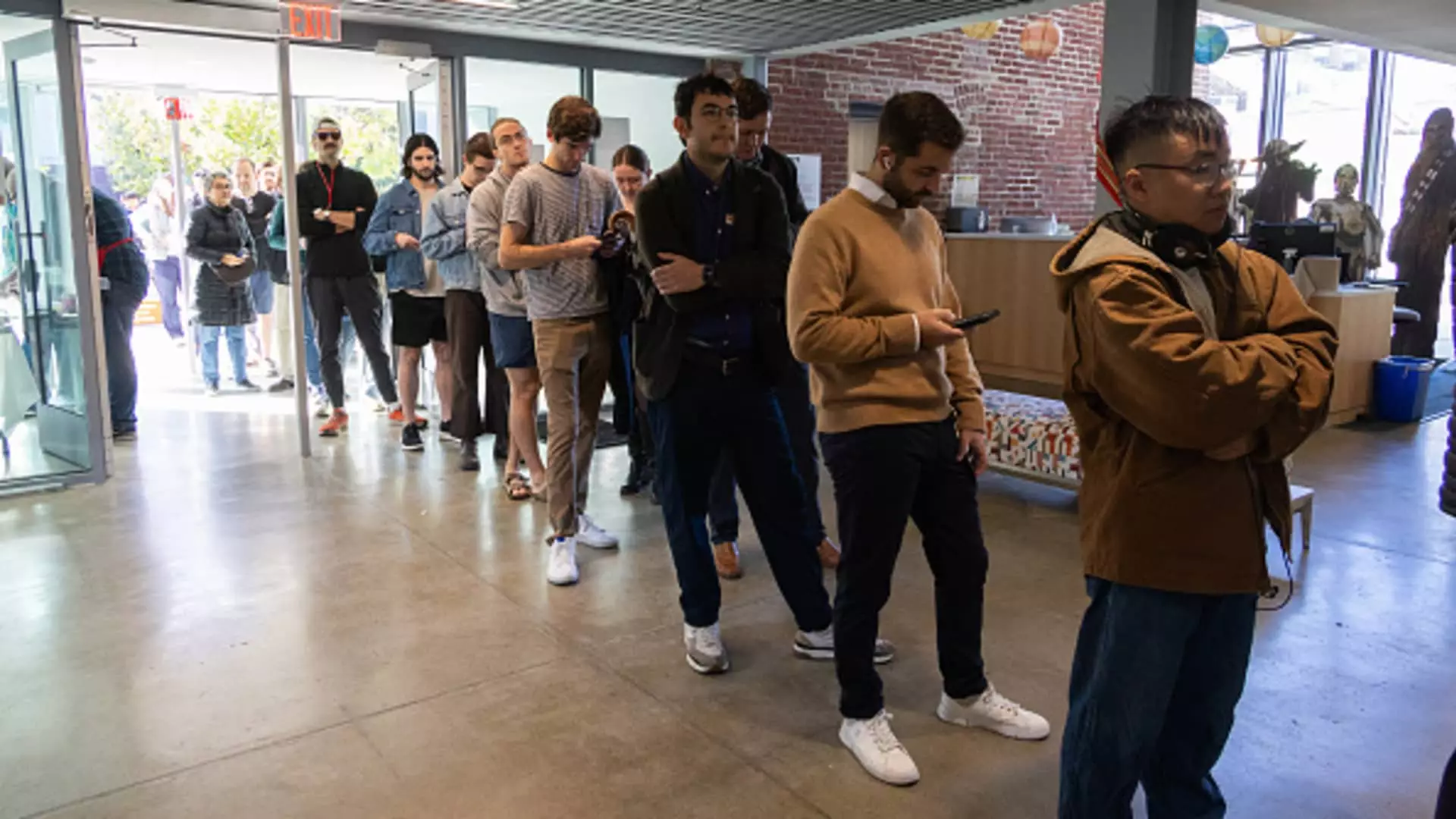In the lead-up to the 2024 election, the American electorate stood starkly divided, revealing significant rifts between various demographics. Among these divisions, the most pronounced was the gender gap, with a pronounced contrast in support between Vice President Kamala Harris and President-elect Donald Trump. According to NBC News exit polls, women showed a preference for Harris, supporting her by an 8-point margin, while men favored Trump by a substantial 13 points. This phenomenon raises critical questions about the underlying societal factors contributing to this separation and what it could mean for the future political landscape.
One of the most compelling reasons behind the gender divide is the distinct economic anxieties felt by men compared to women. Trump managed to secure considerable backing among men, particularly focusing on economic issues. For many male voters, especially those in minority groups such as Hispanic and Black communities, economic pessimism played a significant role. Experts note a widespread sentiment among men that their chances for economic advancement have diminished, fueling a burgeoning discontent. Julia Pollak, chief economist at ZipRecruiter, highlighted a disconcerting trend: men in their prime working years (aged 25 to 54) are increasingly exiting the workforce, primarily non-college-educated men who are withdrawing at rates higher than their educated counterparts.
The educational landscape further exacerbates the gender divide. Data from the Pew Research Center indicates a marked increase in educational attainment among women. In 1995, men and women were equally likely to possess a bachelor’s degree, each at 25%. Fast forward to today, and 47% of women aged 25 to 34 attain this level of education, in stark contrast to 37% of men in the same age group. This educational disparity plays a critical role in employment opportunities and economic mobility, leading to feelings of inadequacy and stagnation among men, particularly as traditional vocational pathways diminish and jobs shift away due to automation and globalization.
A worrying trend has emerged, with a notable increase in young men classified as NEETs—those who are “Not in Employment, Education, or Training.” Richard Fry from Pew Research underscores the dire situation, indicating that the recent economic landscape has disproportionately affected this demographic, resulting in feelings of alienation and lack of direction. The deterioration of job security has led to decreased motivation, as young men begin to perceive work as a fruitless endeavor. This phenomenon underscores a critical societal concern; if young men do not find pathways to education and career fulfillment, the long-term consequences for the economy and society at large will be significant.
Contrastingly, women have made profound strides in educational and professional realms. More women are prioritizing their careers, often delaying traditional milestones such as marriage and parenthood. Pollak notes that the focus has shifted for many women towards career advancement, with political concerns evolving in tandem. Reproductive rights and workplace equality have become prominent issues, with women increasingly seeking support for policies such as universal childcare and paid parental leave.
While the discourse surrounding reproductive rights intensified during the 2024 presidential race, it did not necessarily translate into increased voter turnout among women. The exit polls revealed that reproductive rights, while crucial, were often overshadowed by other pressing concerns, such as economic stability and job security.
The implications of the 2024 election are widespread, suggesting that while men’s economic concerns may have bolstered Trump’s support, women remain steadfast in their advocacy for broader social and economic issues. Fatima Goss Graves of the National Women’s Law Center Action Fund emphasized that despite the election’s results, the call for continued advocacy on reproductive freedom, economic equality, and family issues remains strong.
As the nation moves forward, understanding the complexities of the gender divide will be essential for any political party aiming to unify and represent the diverse spectrum of voter concerns. History has shown that voter sentiments can shift dramatically, and the challenges posed by rising inequality and changing social dynamics will continue to shape the political landscape in profound ways.
The gender gap observed in the 2024 election reflects deeper societal divides driven by economic, educational, and cultural factors. The contrasting priorities and concerns of men and women underscore a need for policies that address these disparities. If political leaders aim to unite a fractured electorate, they will have to acknowledge and respond meaningfully to the multifaceted concerns of both genders in future electoral campaigns. The path forward demands robust dialogue and actionable initiatives that speak to the realities of all citizens, ensuring that no demographic feels left behind.

